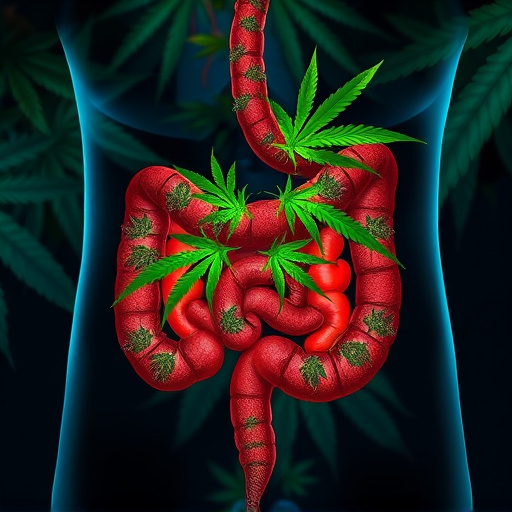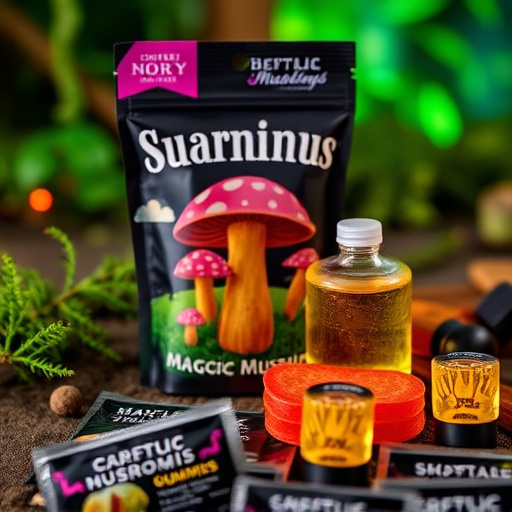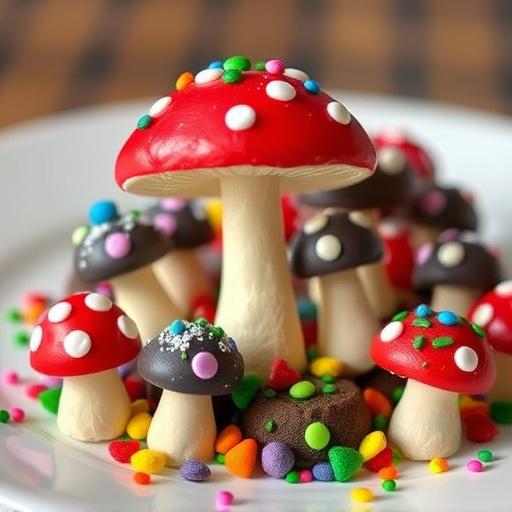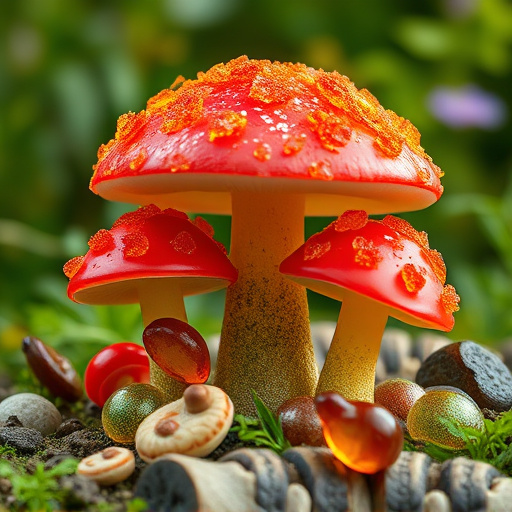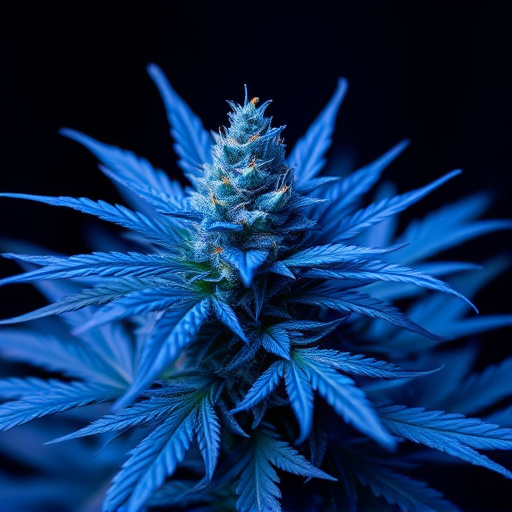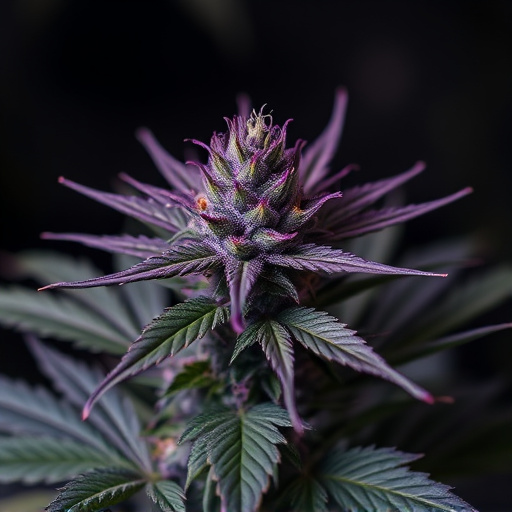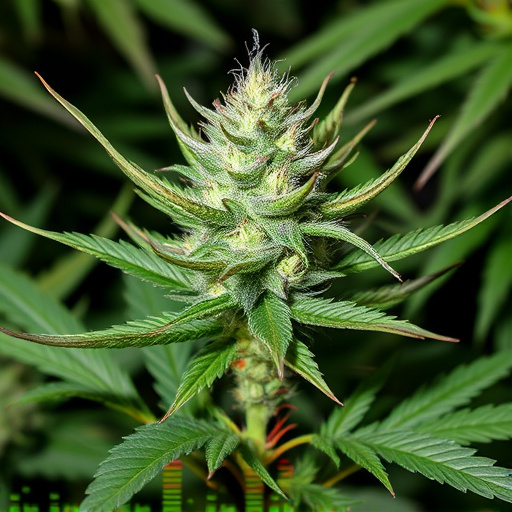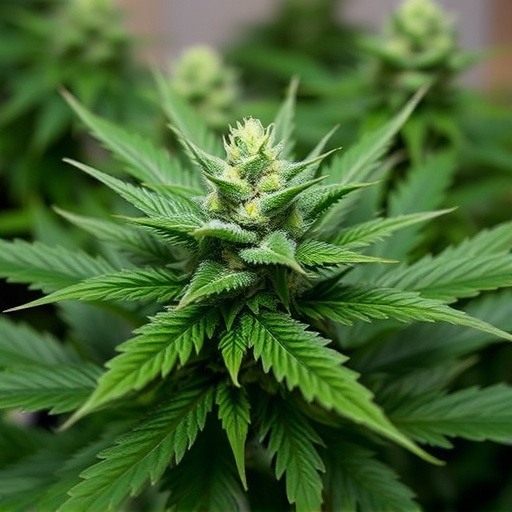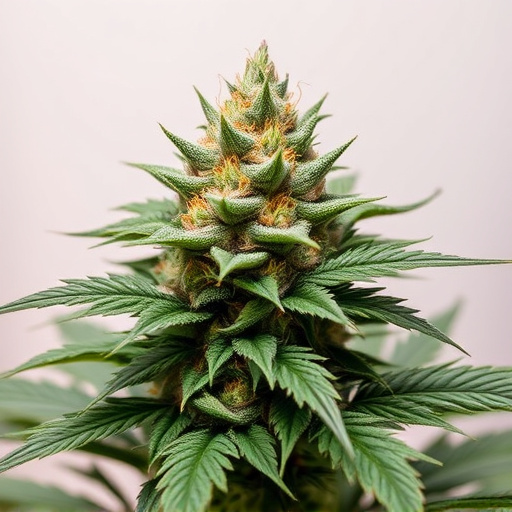Cannabis cultivation environments significantly impact plant quality and characteristics, with indoor and outdoor methods offering unique advantages. Indoor growing provides controlled conditions for precise manipulation of temperature, humidity, light, and nutrients, ideal for high-quality top shelf cannabis strains. Outdoor cultivation exposes plants to natural elements like sunlight, fostering robust growth and enhancing terpene production, benefiting specific top shelf cannabis strains known for their flavors and aromas. While indoor offers consistent quality and faster growth rates, outdoor leverages natural elements for distinct, organic characteristics.
Discover the intriguing contrast between indoor and outdoor-grown cannabis flowers in this comprehensive guide. Uncover how varying growing conditions, from light exposure to natural elements, shape not just the plants’ development but also their aromatic profiles and potential yields. We explore the secrets behind top shelf cannabis strains, delving into the environmental factors that contribute to their distinctive flavors, terpene content, and potency. Prepare to view these flowers through a new lens as we dissect these growing methods.
- Growing Conditions and Environmental Factors
- – Discuss the impact of indoor vs outdoor growing on cannabis plant development
- – Compare light availability, temperature control, humidity levels, and natural elements like wind and sunlight
Growing Conditions and Environmental Factors
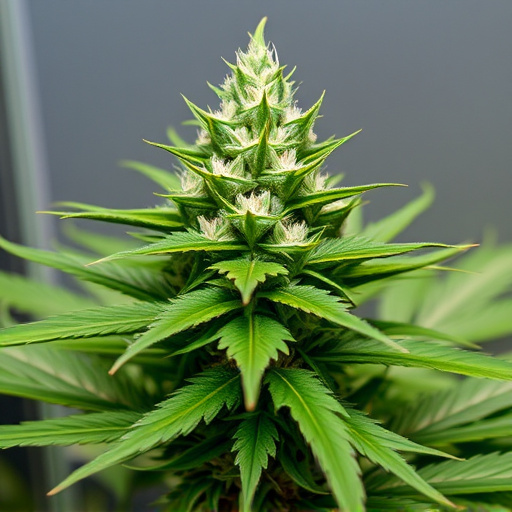
The environment in which cannabis plants are grown plays a significant role in shaping their final characteristics, including the quality and potency of their flowers. When it comes to indoor versus outdoor cultivation, the growing conditions could not be more distinct. Indoor growers have complete control over factors like temperature, humidity, light duration, and nutrient delivery, allowing for precise environmental manipulation. This controlled setting is ideal for cultivating top shelf cannabis strains that require specific care to reach their full potential.
In contrast, outdoor plants are at the mercy of Mother Nature. They are exposed to natural sunlight cycles, varying temperatures, and outside elements like rain or wind. These conditions can create a more challenging environment but also encourage robust growth and often result in higher terpene production. Outdoor cultivation is particularly suitable for cannabis varieties that thrive in these natural settings, contributing to their unique flavors and aromas.
– Discuss the impact of indoor vs outdoor growing on cannabis plant development
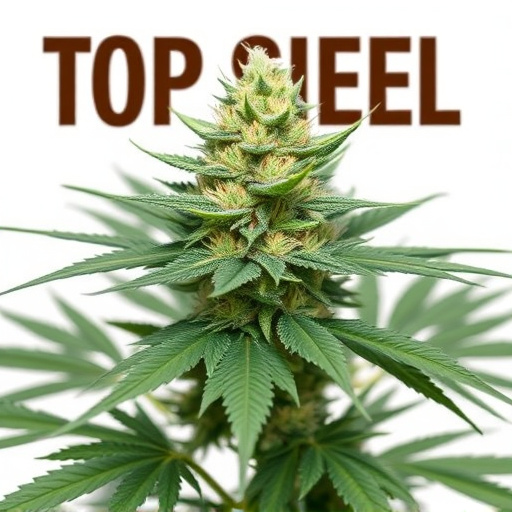
The environment in which cannabis plants are cultivated significantly influences their growth, development, and ultimately, the quality of the final product. Indoor and outdoor growing offer distinct advantages and challenges that shape the characteristics of top shelf cannabis strains.
In controlled indoor settings, cultivators can meticulously regulate factors like temperature, humidity, light intensity, and duration. This precise control allows for optimal growing conditions, facilitating faster growth rates and often leading to higher yields of uniform plant material. Indoor cultivation also shields plants from potential outdoor pests and diseases, ensuring healthier crops. Conversely, outdoor cannabis cultivation leverages natural sunlight, fresh air, and outdoor environmental stimuli, which can contribute to enhanced terpene profiles and flavorful, aromatic strains. However, outdoor plants are more susceptible to varying weather conditions, pests, and diseases, potentially impacting overall quality and consistency.
– Compare light availability, temperature control, humidity levels, and natural elements like wind and sunlight

The environmental conditions in which cannabis plants are grown significantly influence their final traits, especially for coveted top shelf cannabis strains. Indoor cultivation offers precise control over light availability, temperature, humidity, and other factors. Growers can dial in specific light spectrums to promote optimal terpene and cannabinoid production, ensuring consistent quality throughout the growing cycle. Temperature control helps maintain ideal conditions for plant growth, while advanced humidification systems keep humidity levels balanced, crucial for preventing issues like mold or pest infestations.
Outdoor cultivation, on the other hand, leverages natural elements such as sunlight, wind, and varying temperatures. While outdoor conditions can contribute to robust plant health and unique terpene profiles, they are less predictable and harder to control. Sunlight exposure is a double-edged sword; while it drives photosynthesis and overall growth, excessive direct sunlight can stress the plants or lead to uneven development. Wind can also impact plants, potentially causing dehydration or damage, especially in vulnerable stages of growth. Yet, many top shelf cannabis strains have been bred to thrive in these conditions, offering unique flavors and effects that reflect their outdoor origins.
In conclusion, the environmental conditions under which cannabis plants are grown significantly influence their final qualities. Indoor cultivation offers controlled environments, allowing for precise adjustments to light, temperature, and humidity, leading to consistent, high-quality results. Outdoor growing, on the other hand, leverages natural sunlight, wind, and other elements, often resulting in unique terpene profiles and robust plant structures that contribute to distinctive top shelf cannabis strains. Understanding these differences is key to cultivating or selecting the perfect strain for your needs.
